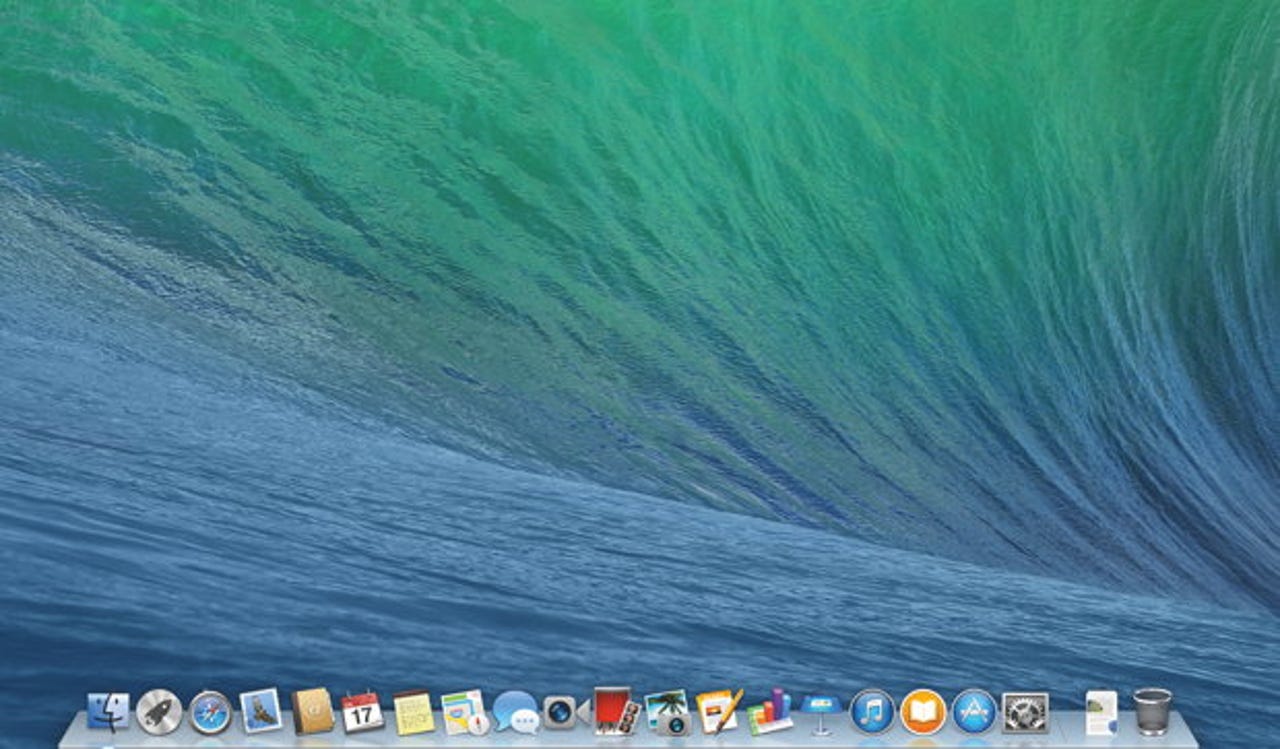Parsing the Mac implications in Apple's Q3 earnings call


In the distant past, during the first golden era of Macintosh in the late 1980s, the Mac was a general business computer.
Newcomers to the Mac may be surprised at this news. There were developers offering Mac-centric, number-crunching products to a variety of business segments, from the enterprise to small and mid-size businesses. There was a thriving market of independent software vendors making custom software for the platform.
As we know, the PC supplanted the Mac in these segments — remember the "nobody is fired for buying IBM [meaning PCs]" line? The Mac was relegated to creative content markets, with some holdouts in many, but not all, segments.
As announced, Apple's forthcoming Mobile First integration service with IBM is aimed at bringing iPad and iOS to the business markets. However, with Apple once again looking squarely at business customers, the Mac must be seen to be in play. It sounded to be so when listening between the pauses during Apple's recent fiscal Q3 conference call with financial analysts.
Apple Chief Financial Officer Luca Maestri said that in the third fiscal quarter, 4.4 million Macs were sold, an increase in 18 percent from the year-ago quarter. The hot ticket was the MacBook Air: large deployments of MacBook Airs led Mac growth in the education segment, he said.
The current installed base of Macintosh is 80 million as of June, Apple said at its Worldwide Developers Conference. If the same number of Macs are sold in the fourth quarter — and it should be better, with back-to-school sales in September — the Mac installed base will grow to 98 million, almost 100 million units. That will be a 22.5 percent annual growth rate.
In the near future, Apple is eyeing growth in large- and mid-sized businesses, for iPad, of course, but also for Macs. According to CEO Tim Cook, the iPad has penetrated the Fortune and Global 500 enterprise. However, he said that in the "commercial sector," Apple iPad is at 76 percent. But in the plain "business" segment, acceptance of Apple iPad is low, at 20 percent. Cook gave this as the reason why Apple went into its Mobile First partnership with IBM. "A substantial upside in business," he predicted.
"This was one of the thinkings behind the partnership with IBM that we announced last week. We think that the core thing that unleashes this is a better go-to-market, which IBM clearly brings to the table. But even more importantly, apps [will be] written with Mobile First in mind. Not all, but many, of the enterprises apps that have been written for iPad have been essentially ports from a desktop arrangement, and haven’t taken full advantage of mobile.
"And so we're excited about bringing that to business along with partnering with IBM, which we think is a first-class company. And seeing what that can do to sales of business, which I honestly believe the opportunity is huge."
Apple expects to grow its tablet penetration in this business market from 20 percent to 60 percent, in a market of some 350 million units.
While Apple leads with iPad, the pull of this strategy is Apple's "ecosystem," computing solutions that express the deep integration of Apple products, which means Macs. The ecosystem includes iOS (the mobile platforms of iPad and iPhone), OS X (Macs computers and servers), quality applications, iCloud and advanced Apple IDEs.
And with the Mobile First initiative, there's a solid business hook, one that will bridge the existing PC-based in-house apps, services and data, to the new Apple platforms.
This rich tech stew was aimed squarely at potential "switcher" customers who are currently running Apple products with Windows machines. Apple is, after all, one of the world's biggest Windows developers. While Windows users are Apple's predominant base for its iOS platform, Apple wants to give them new reasons to join the Mac fold, making them full members of the ecosystem.
When we hear the term "switcher," we mostly think of individuals moving from one platform, Windows, to another, the Mac. However, switchers will now be large businesses, rather than an individual here or there in a PC-centric organization. After all, if companies can be declared persons for legal purposes, they also can be so when deciding on computing platforms. Or at least Apple hopes so.
Read more: